Cold weather and winter camping is becoming more and more popular.
Personally, I think it’s mostly because there are far fewer crowds during the cooler months. There are also no bugs to worry about, like mosquitos and black flies, which can be a huge problem when it’s warm.
However, for novice campers, early spring, late fall and even winter camping can seem a bit daunting. By far the biggest concern is how to keep warm during the night.
Well, below are 9 cold weather camping tips to keep warm and comfortable in a tent!

Tip 1 - Use A Small Tent
As your body radiates heat, it warms the surrounding air. In a tent, that means you are slowly heating up that volume of air.
So, a very effective way to keep warm while camping is by utilizing a smaller tent. A smaller tent has a much smaller volume of air inside of it compared to a larger tent.
Therefore, a smaller tent can trap in the same amount of heat you’re generating in a much smaller space.
This results in an overall higher air temperature compared to a larger tent over the same amount of time. Simple, yet effective!
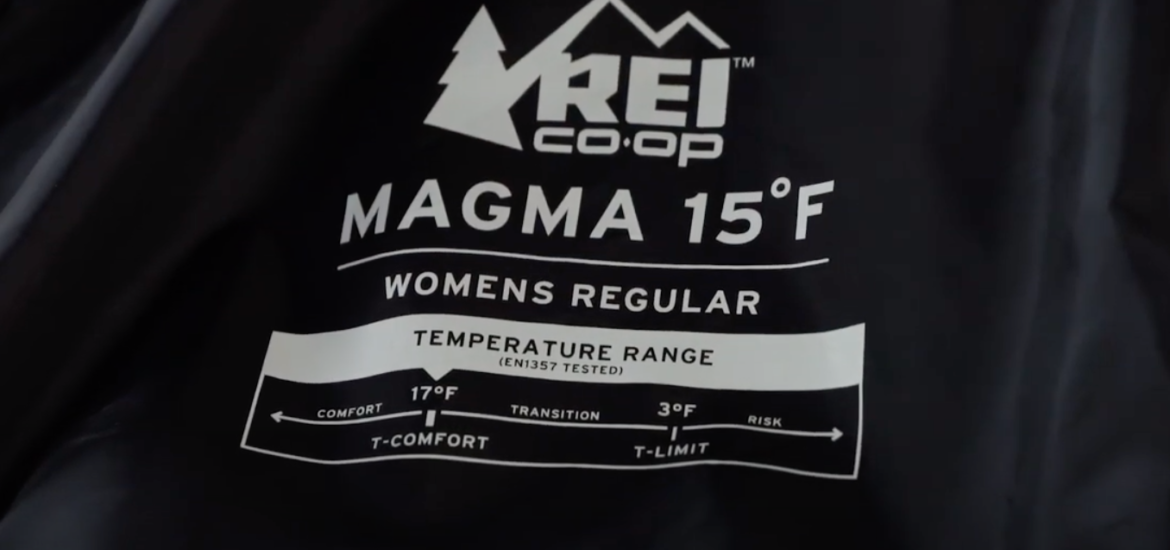
Tip 2 - Bring A Cold Weather Rated Sleeping Bag
Packing the right sleeping bag can make a huge difference on how warm you stay in a tent.
That’s because sleeping bags are specifically designed and built for certain ambient temperature conditions. And, not all sleeping bags are suitable for low temperature, cold weather camping.
Personally, I’ve made the mistake of not double-checking the temperature rating of my sleeping bag before a fall camping trip. And, because my sleeping bag wasn’t able to retain my body heat effectively, I woke up shivering throughout the night.
So, remember to check the “EN Comfort” and “EN Limit” temperature rating of your sleeping bag [Reference].
These numbers indicate the temperature at which an average woman (typically cold sleeper) or average man (typically warm sleeper) can sleep without feeling cold.
Pro-tip: Usually the temperature rating is printed on the inside of a sleeping bag. Otherwise, check the manufacturer’s website for the details.
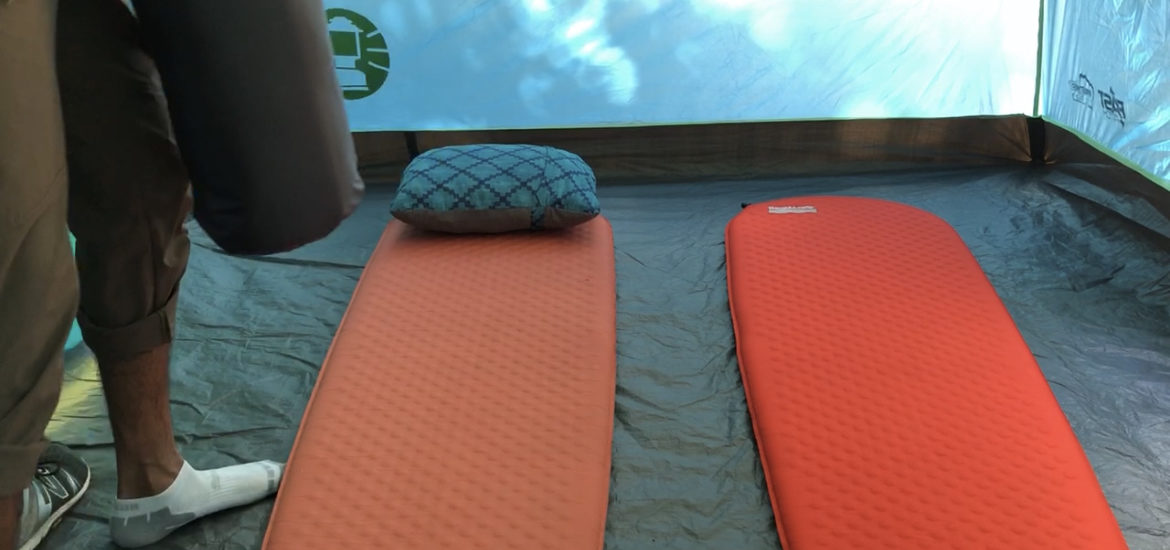
Tip 3 - Use A Sleeping Pad With High R-Value
A sleeping pad has two primary roles – to keep your body supported up off the ground, and to keep your body insulated from the ground.
Ultimately, there is a trade-off between weight, comfort, and insulation. Most good sleeping pad manufactures try to maximize all three attributes.
However, when it comes to winter and cold weather camping, the insulating performance of a sleeping pad is of greatest importance. Your body can loose a lot of heat through the ground.
So, it makes sense to sleeping on a pad that can resist unwanted heat loss.
The insulating performance of a sleeping pad is measured in its “R-value”. The greater the R-value, the greater the insulating capacity. R-values range from 1 to 5 and above.
Paired with a cold weather rated sleeping bag, a high R-value rated sleeping pad can let you sleep comfortably even in the most extreme conditions!
Pro-tip: Looking for help choosing the best sleeping pad for your next camping adventure? Check out my comprehensive article “Camping Sleeping Pads [Top 3]: Ultimate Buyer’s Guide”.
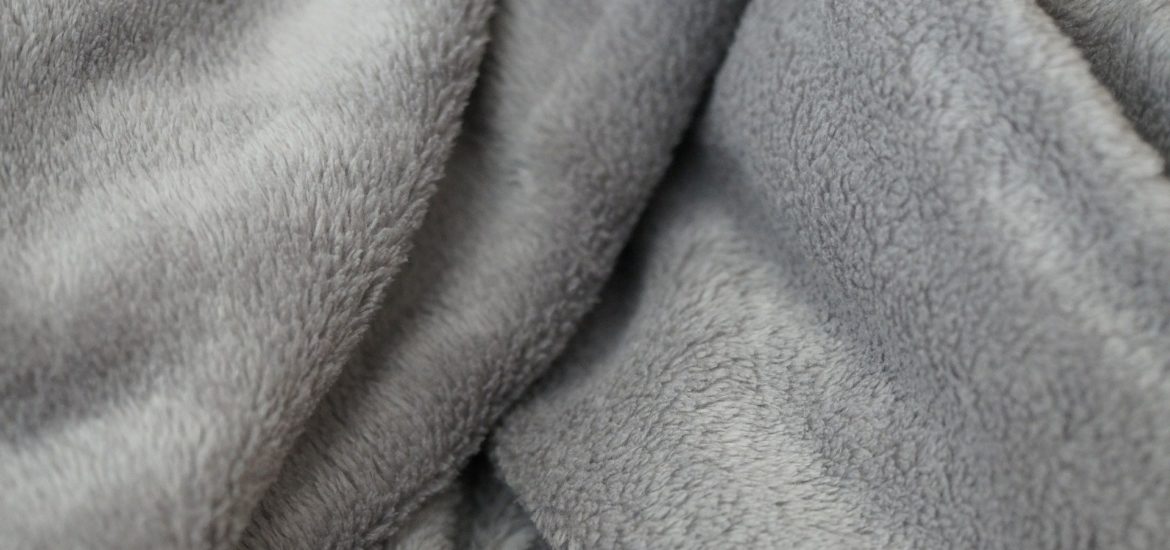
Tip 4 - Use Ground Sheets For Added Insulation
For added insulation from heat loss through the ground, it’s a good idea to use additional sheets and layers on your tent floor.
This can be a simple as a thick blanket laid out across the tent floor.
Two great options for cold weather camping are a fleece carpet or Merino wool blanket. Both are lightweight, compact, and can provide an extra layer of insulation between your tent and the cold ground.
Pro-tip: For added insulation, some tent rugs, carpets, and camping blankets are thermal backed. This means their thermal insulation properties are more improved!
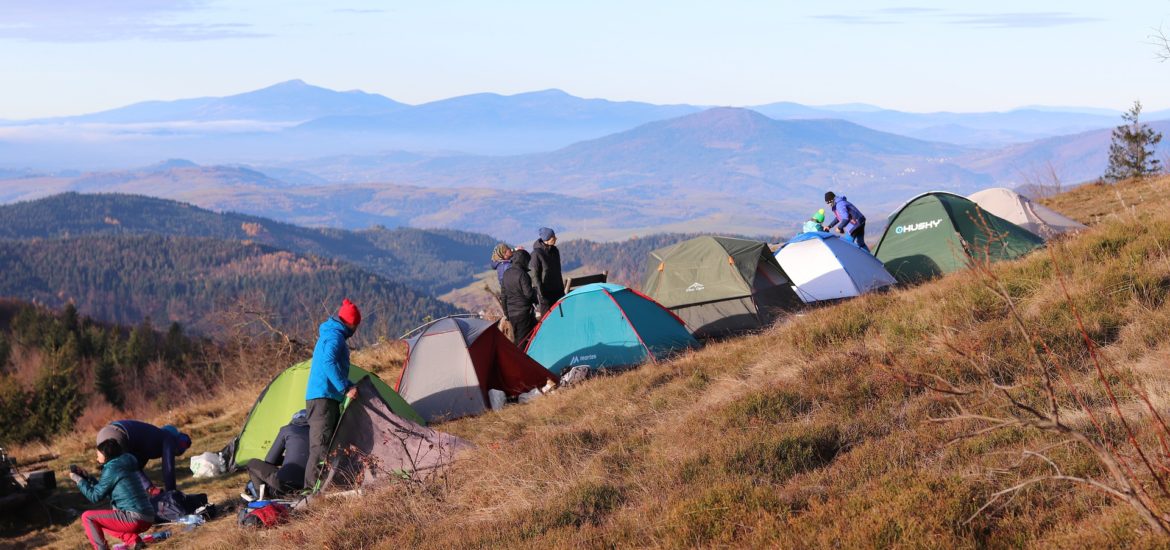
Tip 5 - Sleep With Extra Clothing Layers
An easy way to sleep a little bit warmer is by wearing additional layers of clothing to bed.
Additional clothes can trap more warm air close to your body which helps retain heat.
So, before climbing into your sleeping bag, put on a sweater, pants, or even socks. They can all help to further insulate your body from the cold while in a tent.

Tip 6 - Consider Wearing Thermals To Bed
To say it bluntly, thermal underwear is a game changer! My wife and I bought thermal underwear in preparation for our trip to Iceland in 2016… Now, they’ve actually become a normal part of our wardrobe for the winter months. Why?
Well, thermal underwear helps trap air very close to your body. And, since air is a very good insulator, wearing thermals can dramatically increase your overall warmth. So, it’s the perfect way to feel warmer while camping.
Thermals also do not add much bulk to your overall clothing. Typically, they are a thin layer which you can wear underneath your normal shirt, and pants… even tights!
By far the best thermal underwear is made from Merino wool. It’s a natural fiber that has great insulating properties, and it’s anti-odor, moisture-wicking, and breathable!
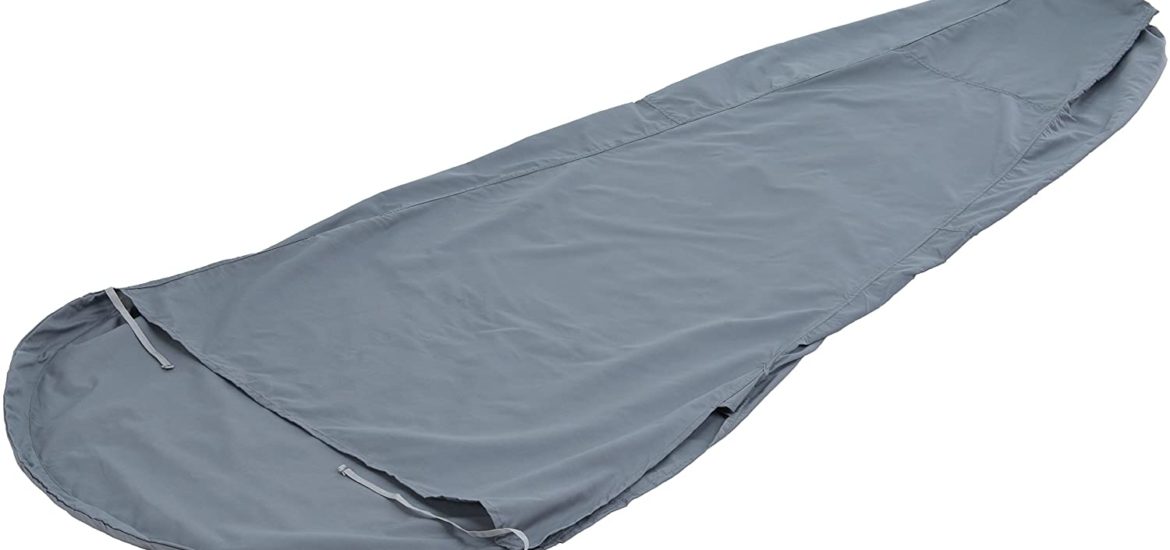
Tip 7 - Use A Sleeping Bag Liner
An easy way to add a little more warmth to your sleeping bag is by using a sleeping bag liner.
A sleeping bag liner is a thin cloth sack that fits inside your sleeping bag. It’s typically made from natural (silk, cotton) or synthetic (polyester) materials.
There are two primary benefits of using a sleeping bag liner. A sleeping bag liner can add a few degrees of warmth to your sleeping bag by trapping an extra layer of air inside. Plus, the liner helps keep the inside of your sleeping bag clean!
Sleeping bag liners are also fairly inexpensive and lightweight, which makes them a perfect addition to any cold weather camping trip.
Pro-tip: Sleeping bag liners come in many shapes including rectangle, tapered, and mummy. So, make sure you match the shape of the liner with your sleeping bag for a proper fit.
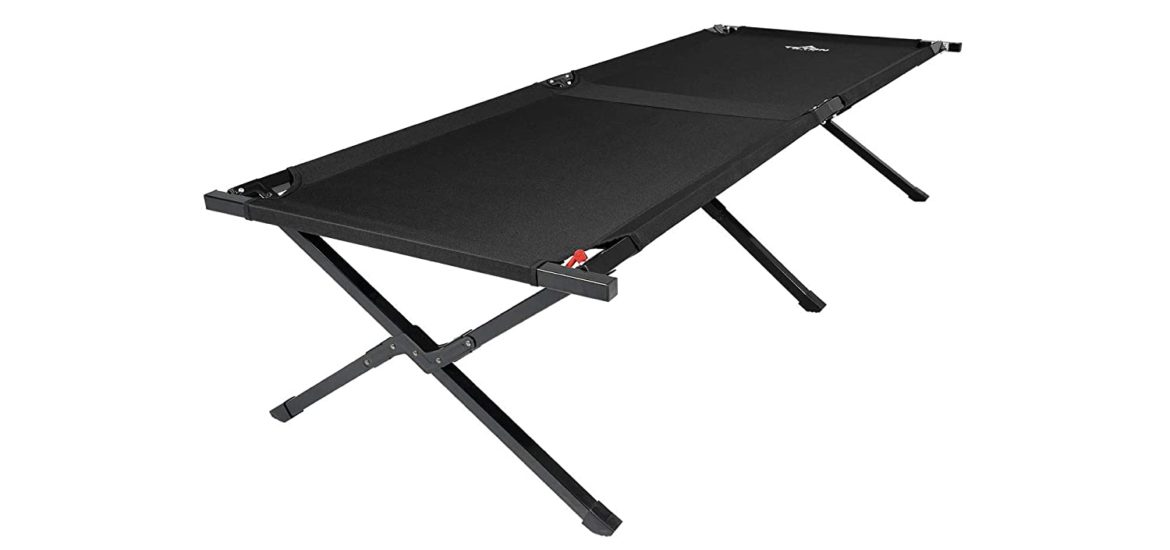
Tip 8 - Consider Using A Camping Cot
In any confined space, warm air tends to rise and cooler air tends to fall. The same is true for inside of a tent.
Air that is warmed from your body heat rises to the top of your tent. Whereas air next to the tent walls is continually cooled and falls. The density of air at different temperatures drives this movement.
So, by laying on the tent floor, you are essentially sleeping in the location where cold air will naturally collect.
Therefore, a great way to feel warmer while in a tent is to get further off the bottom and sleep on a camping cot. A camping cot elevates your body further from the floor compared to a sleeping pad. This exposes your body to less cold air, as well as provides better insulation from the ground.
For campers who need additional comfort and warmth while camping in cold weather, a portable camping cot [Teton Universal Camping Cot] is your best bet!

Tip 9 - Don't Forget To Pack a Toque!
The last and final way to keep warm while cold weather camping is by packing and wearing a toque while sleeping.
Your head is typically the only part of your body exposed to the cold outside of your sleeping bag. And, you can lose a lot of heat from your head over the course of a night.
Well, a toque can provide that extra bit of insulation and warmth to the most precious part of your body!
This article contains affiliate links, which help support this blog at no cost to you!
